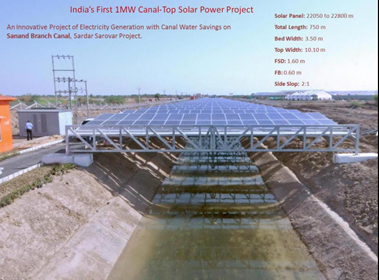 S Narsing Rao, the former chief of Singareni Collieries, today assumed the charge of Chairman and Managing Director (CMD) of state-owned Coal India (CIL).
S Narsing Rao, the former chief of Singareni Collieries, today assumed the charge of Chairman and Managing Director (CMD) of state-owned Coal India (CIL).
"S Narsing Rao took over as Chairman, Coal India on and from April 24, 2012," the company said in a statement.
Rao took over from Zohra Chatterji, Additional Secretary, Coal Ministry, who was holding additional charge of CMD of CIL since February 1, 2012.
After assuming the charge, Rao said, "The immediate priority is to augment coal production and step up the coal supplies."
Before taking the charge of CIL, Rao, a 1986-batch IAS officer of the Andhra Pradesh Cadre, was CMD of Singareni Collieries (SCCL).
The new chief has taken over the top job at a time when the Maharatna firm is battling problems, including delays in regulatory clearances to enhance production and concerns by investors that it lacked leadership.
The top post has been lying vacant after former Chairman and Managing Director Partha S Bhattacharyya retired on February 28, 2011. Soon after his retirement, the government had given additional charge of CMD to NC Jha, director - technical.
After Jha's retirement on January 31, 2012, the charge was given to Chatterji.
CIL which accounts for over 80% of the domestic production and produced 435.84 million tonnes of coal in the last fiscal against a revised output target of 447 million tonne.
----------------------------------













